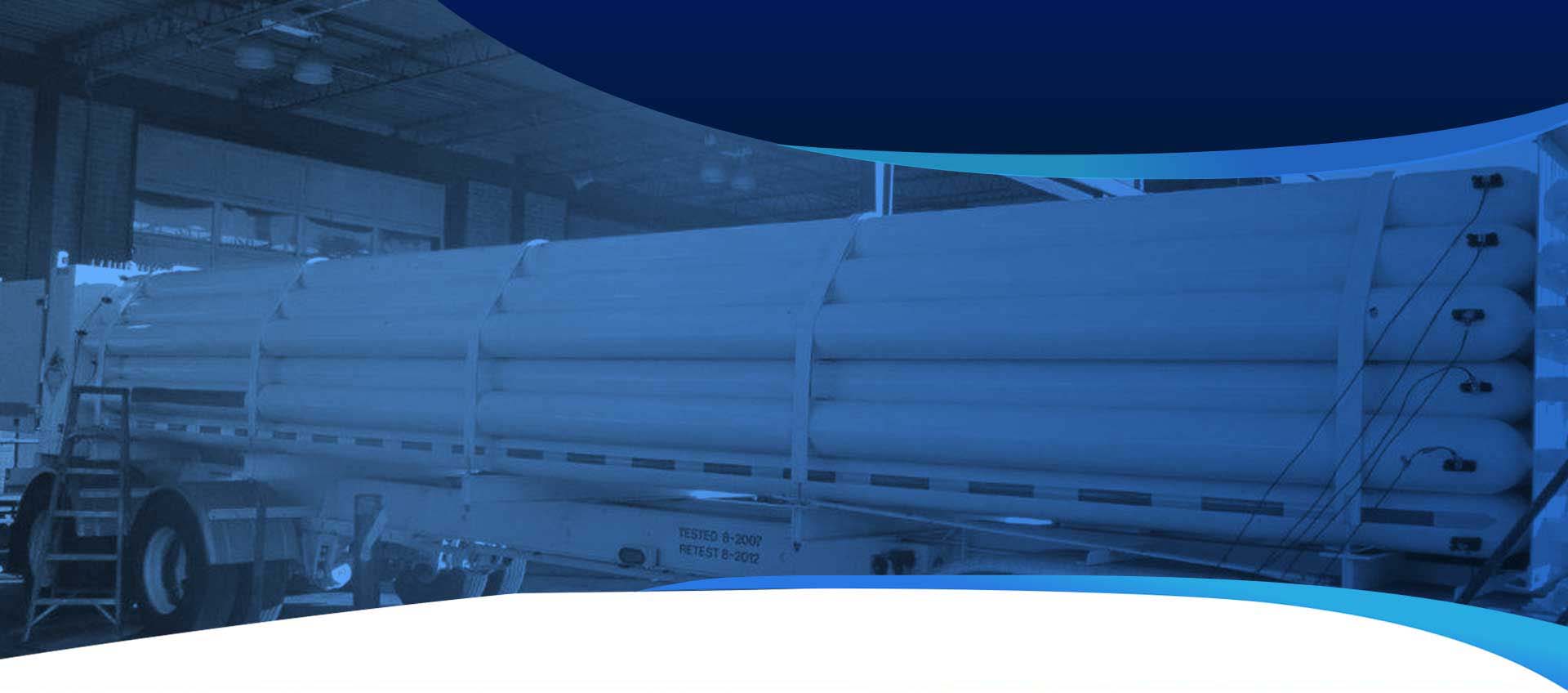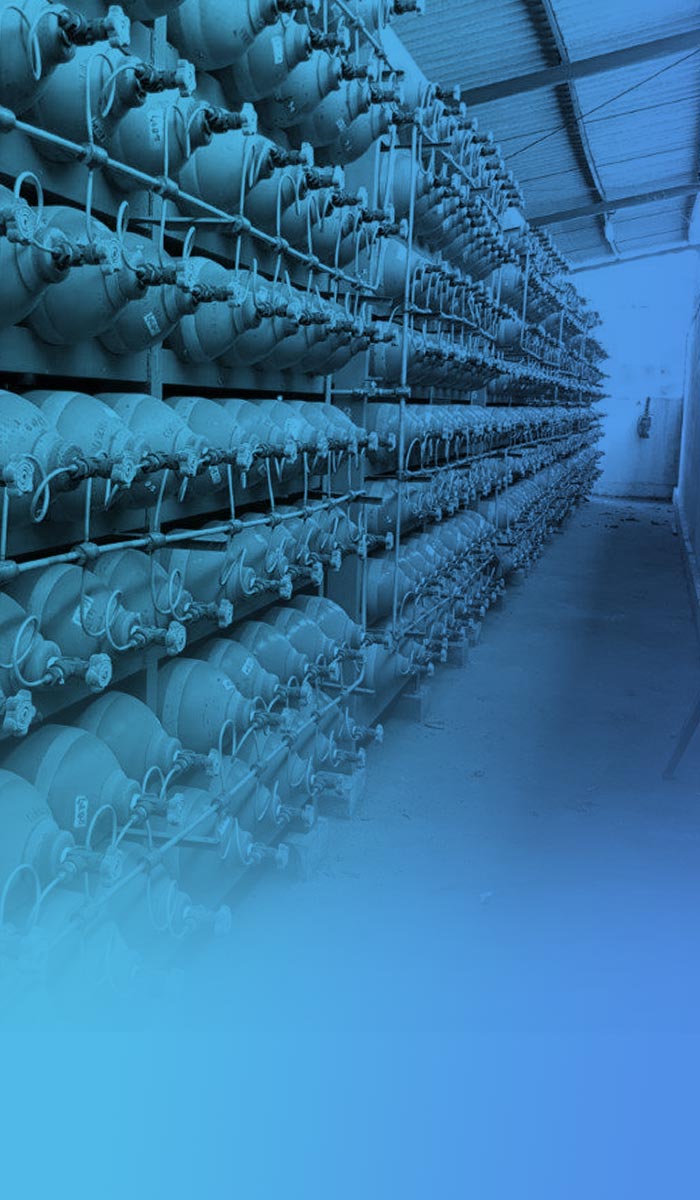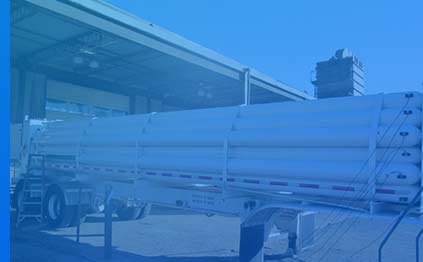Compressed Gas: Ground Storage
Safety, Risk, Reliability and Code Compliance Assessment for Hydrogen Storage Systems.
TISEC Inc. has unique expertise and experience in safety, risk and reliability technologies applied to hydrogen systems.
This expertise includes design and analysis of new facilities for the storage, transportation and use of hydrogen, addressing issues such as component and system selection, site location requirements, code compliance, spill control and safety system design. Its engineering staff is active in national and international standards development related to the storage, transportation and use of hydrogen. Much of TISEC’s unique expertise in hydrogen is captured in the Sourcebook for Hydrogen Applications, a comprehensive reference volume, it publishes on CD-ROM, with peer-review and the endorsement of the United States Department of Energy and National Resources Canada. This manual has become a benchmark information source for guidelines on the safe design and operation of hydrogen systems. As part of our ongoing effort in hydrogen technologies, we have recently compiled all the theoretical work it has carried out over the last few years into a single reference publication entitled Dispersion, Combustion and Explosion of Hydrogen and their Consequences. This is available on CD-ROM along with the Sourcebook for Hydrogen Applications, as a way to extend the hydrogen knowledge base.
Background in Hydrogen Technologies
Over the past several years, with the support and cooperation of a number of participants such as the US Department of Energy, the National Renewable Energy Laboratory, the National Hydrogen Association, and Natural Resources Canada, TISEC has completed a number of studies related to the safe use of hydrogen as an alternate fuel source for consumer applications. This includes standards development and modeling activities that have generated unique hydrogen safety expertise. TISEC’s engineering staff has applied this expertise on behalf of municipal and regional regulators to evaluate compliance of installations, vehicles and new products involving new applications of hydrogen. In addition, TISEC has conducted a number of industrial support projects related to the safe use of hydrogen. A representative sampling of these is listed on the accompanying table.
Modeling
TISEC personnel have applied advanced models of dispersion and thermal and overpressure effects from release of combustible gases to establish clearance distances for siting of the Liquid Hydrogen Storage Tank at a Hydrogen Reforming Plant. The adjoining picture shows the thermal effect envelopes for siting a liquid hydrogen Storage tank at a Hydrogen Reforming Plant.
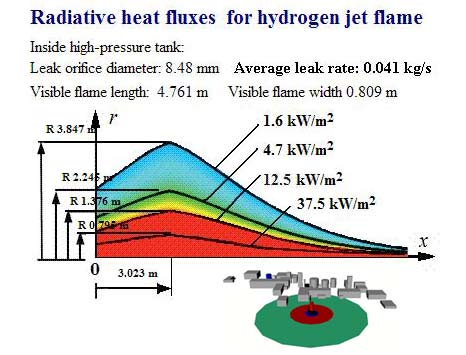
System design, component siting and code compliance assessment is carried out quantitatively using TISEC’s HyQuantras (Hydrogen Quantitative Risk Assessment) software to compute the radiative heat flux from an ignited hydrogen release. Risk is expressed in terms of the location-specific individual risk (LSIR) which indicate the risk at a particular location, and Potential loss of Life (PLL) which is a measure of the group or societal risk.
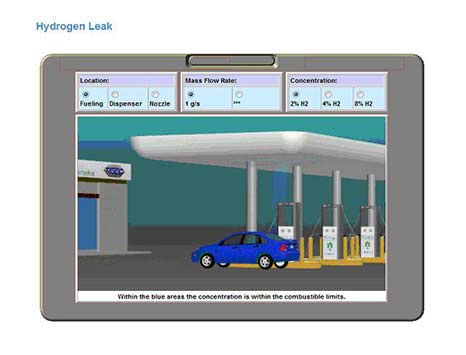
The quantitative risk assessment capabilities can be accessed for hydrogen filling stations using a Web-deployed virtual filling station that permits the user to define a site, establish safe distances according to applicable codes and standards and then apply HyQuantras for risk assessment.


